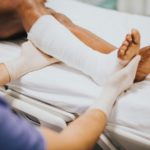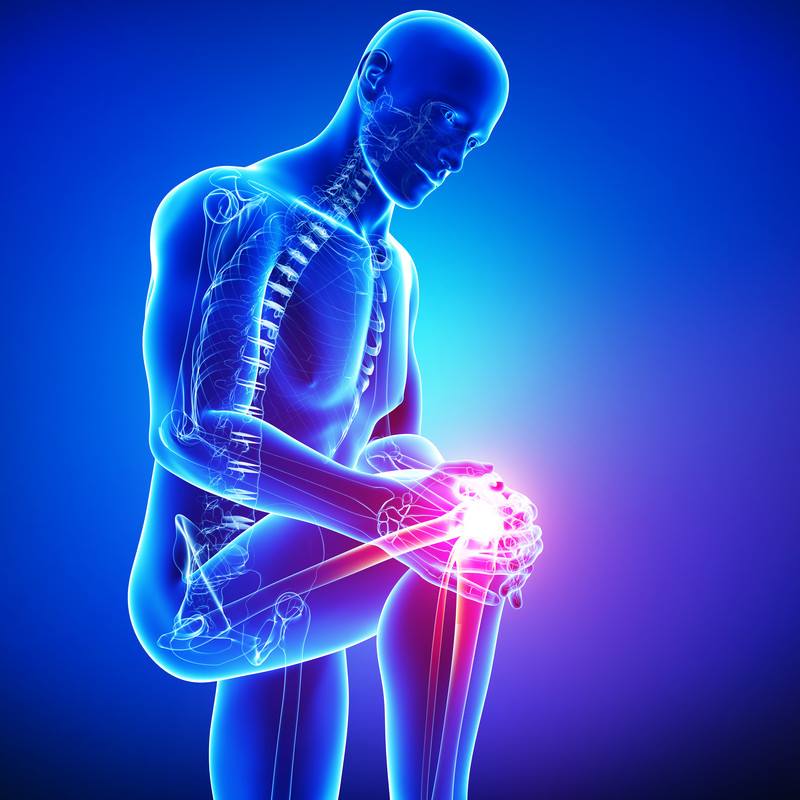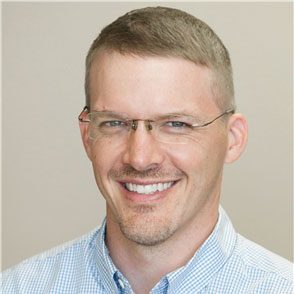
Facts About Shoulder Arthroscopy
Less pain and stiffness, fewer complications, a shorter (if any) hospital stay, and faster recovery than open surgery are some of the shoulder arthroscopy benefits. But what is it and how is it performed? Read on to find out the facts about shoulder arthroscopy.
Shoulder arthroscopy is surgery that uses a tiny camera called an arthroscope to examine or repair the tissues inside or around your shoulder joint. The arthroscope is inserted through a small incision in your skin.
Arthroscopy may be recommended for these shoulder problems:
- A torn or damaged cartilage ring (labrum) or ligaments
- Shoulder instability, in which the shoulder joint is loose and slides around too much or becomes dislocated (slips out of the ball and socket joint)
- A torn or damaged biceps tendon
- A torn rotator cuff
- A bone spur or inflammation around the rotator cuff
- Inflammation or damaged lining of the joint, often caused by an illness, such as rheumatoid arthritis
- Arthritis of the end of the clavicle (collarbone)
- Loose tissue that needs to be removed
- Shoulder impingement syndrome, to make more room for the shoulder to move around
The rotator cuff is a group of muscles and their tendons that form a cuff over the shoulder joint. These muscles and tendons hold the arm in the shoulder joint and help the shoulder move in different directions. The tendons in the rotator cuff can tear when they are overused or injured.
During the procedure, the surgeon:
- Inserts the arthroscope into your shoulder through a small incision. The scope is connected to a video monitor in the operating room.
- Inspects all the tissues of your shoulder joint and the area above the joint. These tissues include the cartilage, bones, tendons, and ligaments.
- Repairs any damaged tissues. To do this, your surgeon makes 1 to 3 more small incisions and inserts other instruments through them. A tear in a muscle, tendon, or cartilage is fixed. Any damaged tissue is removed.
Procedures
Your surgeon may do one or more of these procedures during your operation.
Rotator cuff repair:
- The edges of the tendon are brought together. The tendon is attached to the bone with sutures.
- Small rivets (called suture anchors) are often used to help attach the tendon to the bone.
- The anchors can be made of metal or plastic. They do not need to be removed after surgery.
Surgery for impingement syndrome:
- Damaged or inflamed tissue is cleaned out in the area above the shoulder joint.
- A ligament called the coracoacromial ligament may be cut.
- The underside of a bone called the acromion may be shaved. A bony growth (spur) on the underside of the acromion often causes impingement syndrome. The spur can cause inflammation and pain in your shoulder.
Surgery for shoulder instability:
- If you have a torn labrum, the surgeon will repair it. The labrum is the cartilage that lines the rim of the shoulder joint.
- Ligaments that attach to this area will also be repaired.
- The Bankart lesion is a tear on the labrum in the lower part of the shoulder joint.
- A SLAP lesion involves the labrum and the ligament on the top part of the shoulder joint.
At the end of the surgery, the incisions will be closed with stitches and covered with a dressing (bandage). Most surgeons take pictures from the video monitor during the procedure to show you what they found and the repairs that were made.
Your surgeon may need to do open surgery if there is a lot of damage. Open surgery means you will have a large incision so that the surgeon can get directly to your bones and tissues.
After the Procedure
Recovery can take 1 to 6 months. You will probably have to wear a sling for the first week. If you had a lot of repair done, you may have to wear the sling longer. You may take medicine to control your pain. When you can return to work or play sports will depend on what your surgery involved. It can range from one week to several months.
Physical therapy may help you regain motion and strength in your shoulder. The length of therapy will depend on what was done during your surgery.
Outlook (Prognosis)
Arthroscopy often results in less pain and stiffness, fewer complications, a shorter (if any) hospital stay, and faster recovery than open surgery.
If you had a repair, your body needs time to heal, even after arthroscopic surgery, just as you would need time to recover from open surgery. Because of this, your recovery time may still be long. Surgery to fix a cartilage tear is usually done to make the shoulder more stable. Many people recover fully, and their shoulder stays stable.
Dr. Chris Phelps and Dr. Matthew Dwyer are board certified, expertly-trained surgeons who routinely perform arthroscopic shoulder surgery.
If you feel that you’re a candidate for arthroscopy shoulder surgery and would like an evaluation of your condition, contact Orthopedic Performance Institute in San Antonio at 210-545-7171 or www.orthopedicperformance.com for a consultation.

 Previous Post
Previous Post Next Post
Next Post




